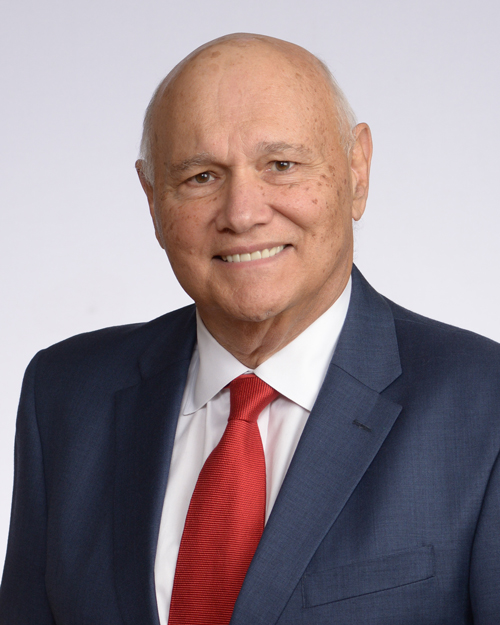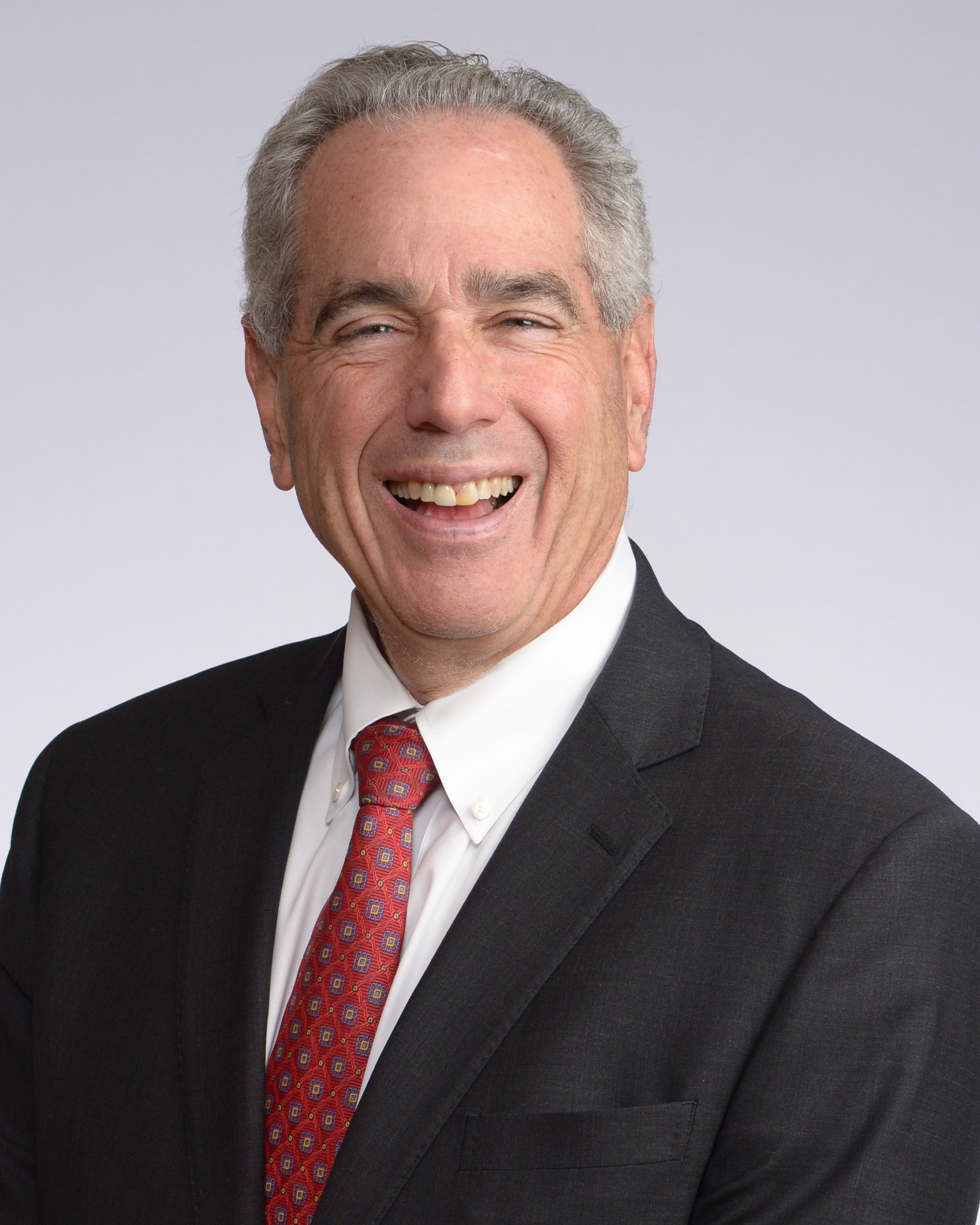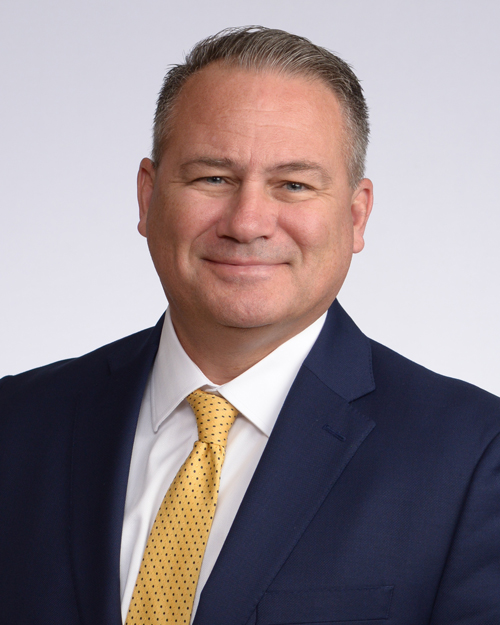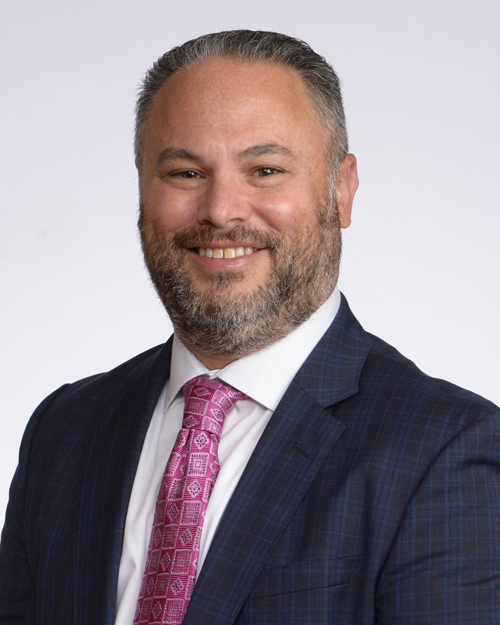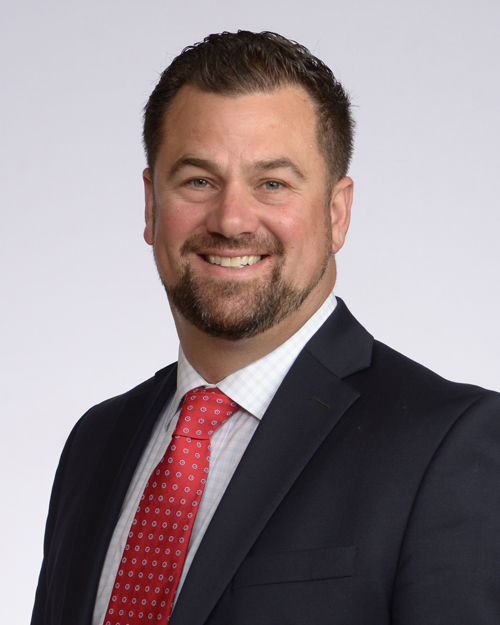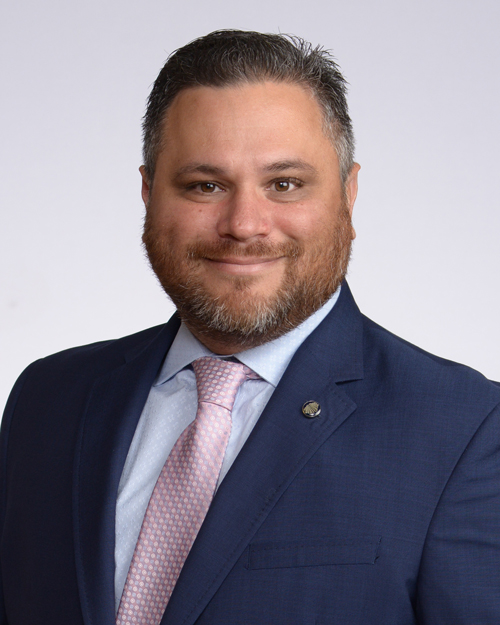NJ Patients Should Pay Particular Attention To Health Hazards Report
For the last five years, ECRI Institute – a patient care research group – has annually published its Top 10 list of technology hazards in the healthcare industry; and this year is no different. Hospital patients in New Jersey will do well to review this list as it may help them identify, or possible avert, potential hospital accidents that may put their health or lives at risk.
According to an ECRI news release, their sixth health hazards report was recently published in the November 2012 issue of Health Devices – an ECRI Institute journal. The purpose of the report is to increase awareness of possible medical device dangers in the healthcare industry and help healthcare providers and organizations to prioritize their attempts to tackle these dangers.
2013 Top Health Hazards
Topping this year’s list of technology health issues is “alarm hazards.” Essentially, these hazards center around hospital staff’s failure to properly monitor the several medical devices used in patient care – devices such as ventilators, patient monitors and infusion pumps. For instance, given that hospital staff can witness hundreds of alarms per patient each day on the numerous patient monitoring devices, it creates a situation in which the alarms are easy to overlook. Unfortunately, if the alarm ignored or overlooked is a vital one, it can prove fatal for the patient.
Following alarm hazards on the list, and rounding out the Top 5, include: medication errors while using infusion pumps; radiation exposure and burns during radiology procedures; patient and data mismatches in electronic health records; and, interoperability failures with health IT systems and medical devices.
Other Healthcare Hazards
Although not necessarily addressed in the recent report, there are several other healthcare dangers patients need to be aware of in order to minimize their risk to hospital errors or accidents.
For example, other hospital dangers/errors include:
- Medication errors
- Anesthesia errors
- Misreading of lab results of charts
- Leaving patients unattended or unmonitored for long periods of time
- Trip-and-fall or slip-and-fall accidents
While it remains to be seen whether or not the recent hazards list will help healthcare providers address the several concerns raised herein, it will hopefully at least make patients more aware of the potential dangers to be on the look-out for when receiving care – after all, it just might end up saving their lives.
If you or a loved one has been injured because of a hospital error or negligence, it is important to speak with a knowledgeable medical malpractice attorney to learn what your options may be given your circumstances.

